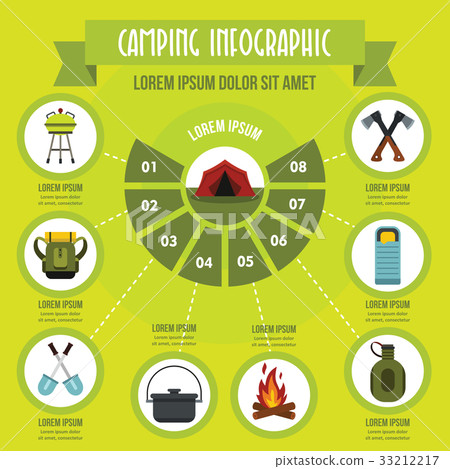Winter months camping is an enjoyable and adventurous experience, yet it requires correct gear to ensure you remain cozy. You'll require a close-fitting base layer to trap your body heat, in addition to an insulating coat and a waterproof covering.
You'll also need snow risks (or deadman supports) hidden in the snow. These can be connected utilizing Bob's creative knot or a routine taut-line hitch.
Pitch Your Tent
Winter camping can be an enjoyable and daring experience. Nevertheless, it is very important to have the appropriate gear and know how to pitch your outdoor tents in snow. This will certainly protect against cold injuries like frostbite and hypothermia. It is additionally crucial to consume well and stay hydrated.
When setting up camp, see to it to select a website that is sheltered from the wind and free of avalanche threat. It is additionally a great idea to load down the location around your camping tent, as this will help in reducing sinking from temperature.
Before you set up your outdoor tents, dig pits with the very same size as each of the anchor factors (groundsheet rings and person lines) in the center of the outdoor tents. Load these pits with sand, stones or even things sacks full of snow to compact and secure the ground. You may additionally wish to consider a dead-man support, which includes tying tent lines to sticks of timber that are buried in the snow.
Load Down the Location Around Your Tent
Although not a need in a lot of areas, snow risks (likewise called deadman anchors) are a superb addition to your tent pitching package when camping in deep or pressed snow. They are generally sticks that are developed to be hidden in the snow, where they will freeze and produce a strong support point. For ideal results, use a clover drawback knot on the top of the stick and bury it in a few inches of snow or sand.
Set Up Your Outdoor tents
If you're camping in snow, tent insulation it is a great idea to utilize a tent created for winter backpacking. 3-season outdoors tents work great if you are making camp below timber line and not expecting specifically severe climate, however 4-season outdoors tents have stronger posts and materials and supply more defense from wind and heavy snowfall.
Make certain to bring sufficient insulation for your resting bag and a warm, completely dry inflatable mat to sleep on. Blow up mats are much warmer than foam and aid prevent chilly spots in your outdoor tents. You can also add an additional floor covering for sitting or food preparation.
It's also a great concept to set up your outdoor tents close to a natural wind block, such as a team of trees. This will make your camp a lot more comfy. If you can't locate a windbreak, you can create your own by excavating holes and burying things, such as rocks, tent risks, or "dead man" supports (old tent person lines) with a shovel.
Tie Down Your Camping tent
Snow risks aren't necessary if you utilize the ideal techniques to anchor your outdoor tents. Buried sticks (perhaps accumulated on your approach hike) and ski posts function well, as does some version of a "deadman" buried in the snow. (The concept is to develop an anchor that is so strong you will not have the ability to pull it up, despite a great deal of initiative.) Some manufacturers make specialized dead-man anchors, however I favor the simplicity of a taut-line hitch connected to a stick and afterwards buried in the snow.
Know the terrain around your camp, specifically if there is avalanche threat. A branch that falls on your tent might harm it or, at worst, harm you. Additionally be wary of pitching your tent on a slope, which can catch wind and bring about collapse. A sheltered area with a low ridge or hill is much better than a high gully.
